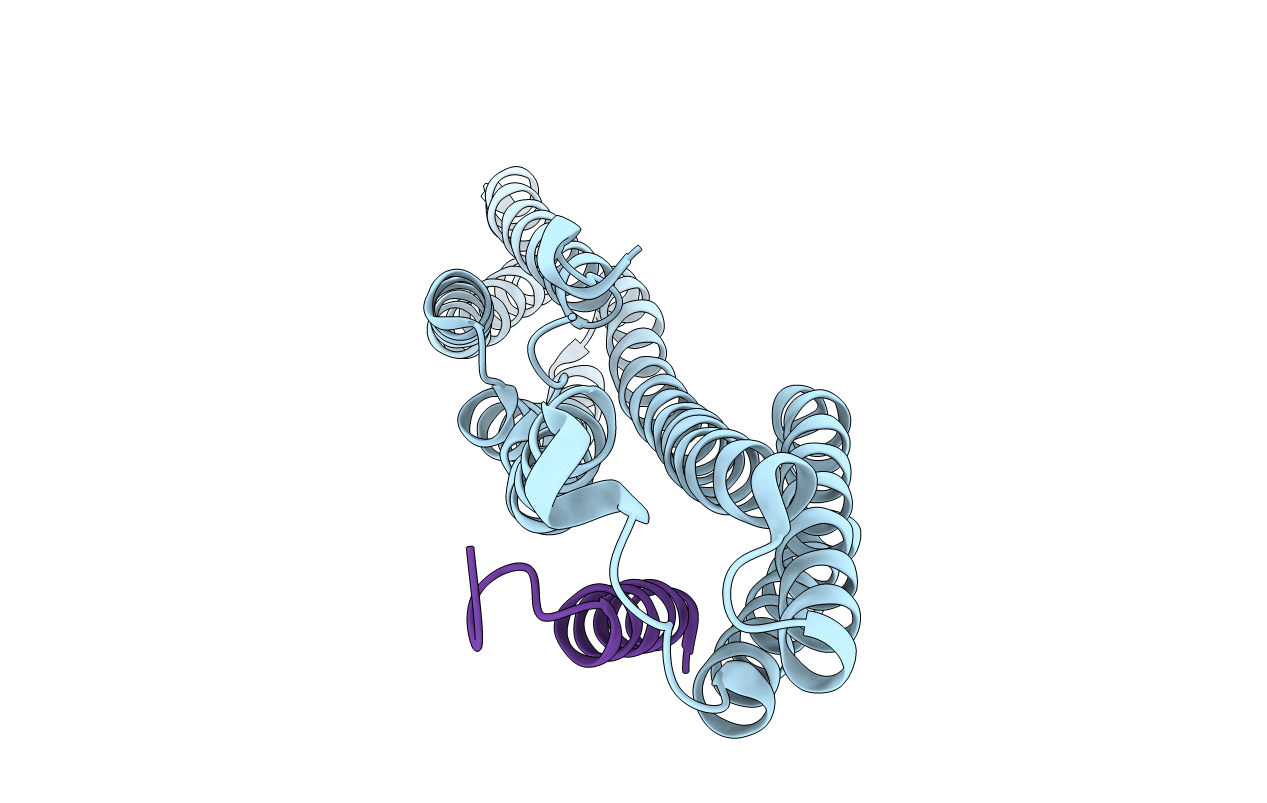
Deposition Date
2012-11-28
Release Date
2013-02-13
Last Version Date
2023-12-20
Entry Detail
Biological Source:
Source Organism:
GALLUS GALLUS (Taxon ID: 9031)
HOMO SAPIENS (Taxon ID: 9606)
HOMO SAPIENS (Taxon ID: 9606)
Host Organism:
Method Details:
Experimental Method:
Resolution:
2.30 Å
R-Value Free:
0.22
R-Value Work:
0.18
R-Value Observed:
0.19
Space Group:
P 21 21 2


